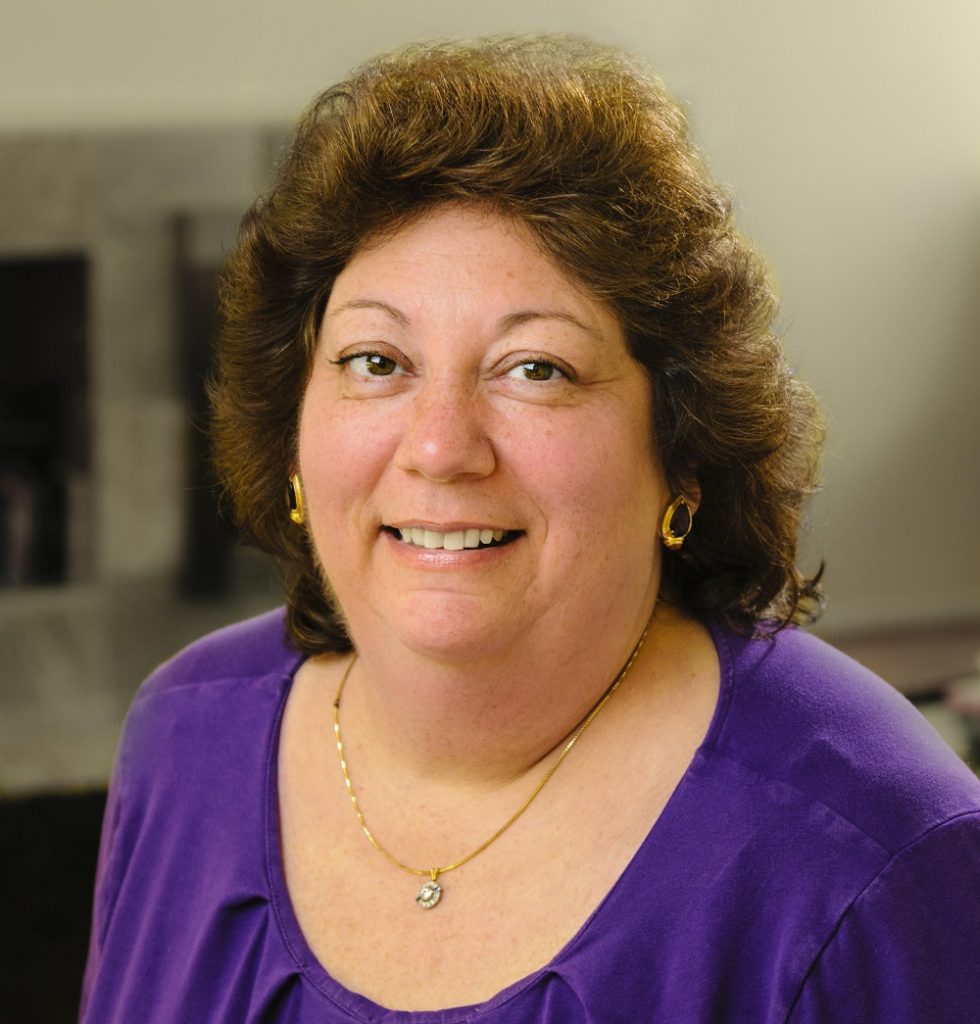Accelerating pace, increasing depth and breadth of Lyme disease research

Mira Shapiro delivered the following public comments at the recent meeting of the federal Tick-Borne Disease Working Group in Philadelphia.
My name is Mira Shapiro. I am here today on behalf of LymeDisease.org. I am also a chronic Lyme disease patient and a biostatistician.
My colleague, Melissa Potter, just spoke about our organization’s history, our MyLymeData patient registry, and our collaborations and how they are driving our efforts to build a Lyme disease research engine.
I would like to share information about some of our IRB-approved research. We use data from over 12,000 enrolled patients and associated 3 million-plus data points to better characterize the Lyme patient population, for whom previously there was very little information.
All of these patients expressly consented to this use of their data. We act as a data steward on behalf of the community to ensure that their data is used solely for the benefit of patients.
As you probably are aware, Lyme disease is a research-disadvantaged disease. There are few clinical trials on patients who remain ill after a short course of treatment. Those trials have been hampered by very small sample sizes that do not allow the type of subgroup analysis essential to tease out differences between patient groups in terms of symptom severity, diagnostic delays, and treatment response.
Why do some people respond well to treatment and others don’t?
In the Fall of 2018, we published the first peer-reviewed article using data from over 3900 registry patients to distinguish between subgroups of patients who respond more favorably to antibiotic treatment and those who do not.
Using a widely validated global rating of change scale, we identified a subgroup of 35 percent of patients who were high treatment responders, versus groups of low treatment responders and non-responders.
Why do these patients respond so differently to treatment? Do some of them have co-infections, were there diagnostic delays, different treatments or treatment durations? We don’t know yet, but examining real-world data from patient registries may provide the path to more individualized care.
Sub-group analysis of large samples allows us to uncover information that otherwise may not be available using small randomized controlled trials.
We have several more research studies in the pipeline. We collaborate with research partners to conduct big data research studies. We can also assist with clinical trial recruitment, augment clinical trial research findings, and generate hypotheses for further clinical studies.
We view the patient registry as a vital part of a research engine that can accelerate the pace, and increase the depth and breadth of Lyme patient research.
Mira Shapiro lives in Maryland.




















We invite you to comment on our Facebook page.
Visit LymeDisease.org Facebook Page